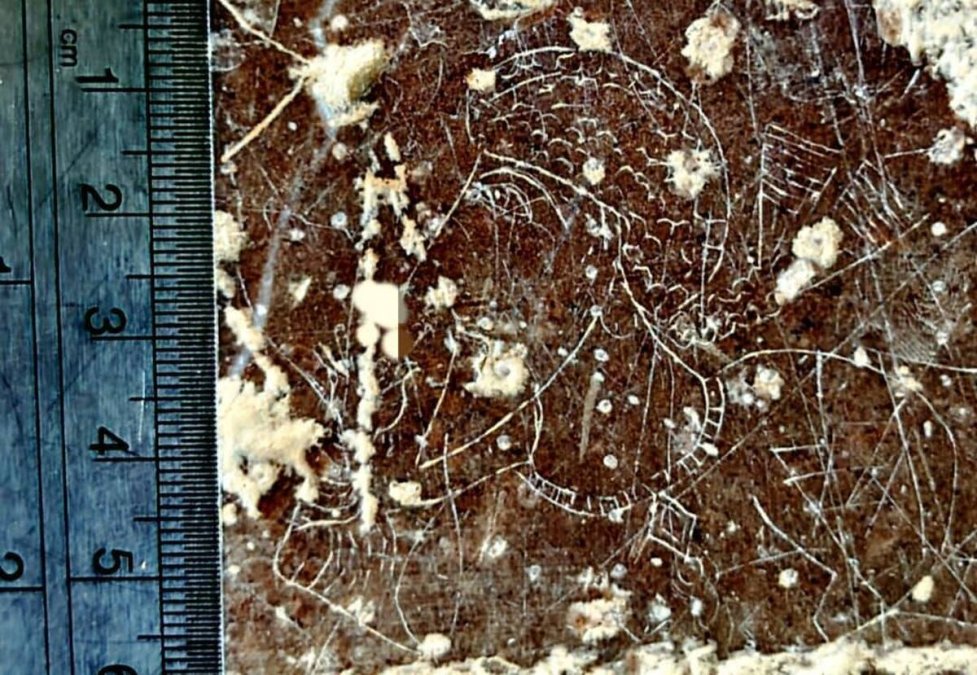Discovery of the smallest Sassanian petroglyph in Marvdasht, Fars
Archaeologist Abolhasan Atabaki announced the discovery of one of the smallest known petroglyphs from the late Sassanian period, over 1500 years old, in the Marvdasht plain of Fars.
On Friday, September 11, he told the IRIB news agency that this engraving, carved in a needlework style, depicts a figure of a Sassanian nobleman. This discovery could offer a new perspective on the classification and stylistic study of petroglyph art from this period.
According to IRIB, this small engraving, measuring 4 by 5 centimeters, was crafted with particular delicacy.
Although parts of it have been damaged over time, features such as an ornate necklace, wavy ribbons, and luxurious clothing are still visible.
These features indicate the social status of an individual among the Sassanian nobility or knights in the province of Pars.
Najmeh Ebrahimi, a historian, also mentioned that the Marvdasht plain, as the birthplace of Sassanian kings, houses the most petroglyphs and remaining artifacts from this dynasty.
She emphasized that the new discovery not only reflects the artistic delicacy of that era but also contains signs of the political and social conditions of the late Sassanian period.

